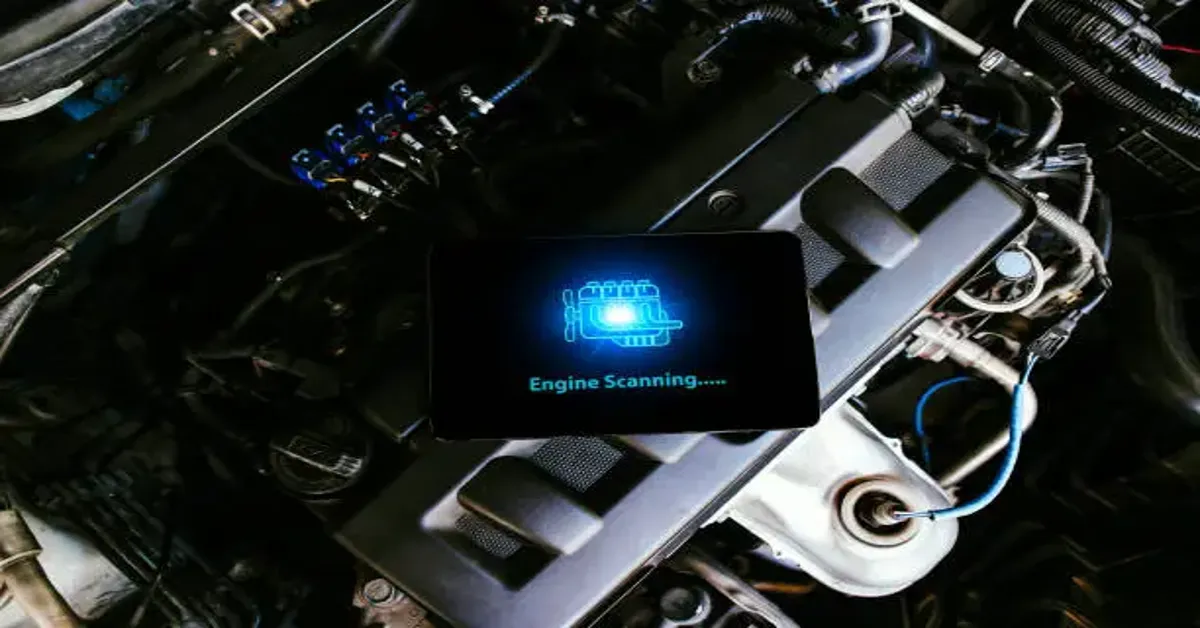If you’ve searched for Timing Advance Processor, you’re probably wondering what it does, why it matters, and how it influences engine performance. In simple terms, a Timing Advance Processor (TAP) is a device designed to optimize ignition timing in internal combustion engines, enhancing efficiency, improving power delivery, and reducing fuel consumption. It plays a pivotal role in the automotive performance market, especially for vehicles converted to alternative fuels like LPG or CNG.
This guide offers a comprehensive explanation of TAP systems—how they work, their advantages, challenges, installation considerations, and future trends in engine technology. Whether you’re an automotive enthusiast, engineer, or curious driver, this article addresses everything you need to know about Timing Advance Processors.
What is a Timing Advance Processor?
A Timing Advance Processor is an electronic module that adjusts the ignition timing of an engine, allowing fuel to burn at the most efficient moment during the compression stroke. In traditional gasoline engines, timing is calibrated for petrol’s combustion characteristics. However, when vehicles use alternative fuels such as LPG (Liquefied Petroleum Gas) or CNG (Compressed Natural Gas), the burning rate differs, necessitating timing adjustments to prevent performance loss.
Simply put:
- Without TAP: Engine may experience sluggish performance and increased fuel consumption on alternative fuels.
- With TAP: Ignition timing aligns with the new fuel’s combustion properties, restoring power and economy.
Why Is Timing Advance Important in Engines?
Ignition timing determines when the spark plug ignites the fuel-air mixture. Proper timing ensures peak cylinder pressure occurs slightly after top dead center (TDC), maximizing power output. Incorrect timing can lead to:
- Engine Knock: Premature combustion causing harmful pressure spikes.
- Power Loss: Incomplete combustion lowers torque and efficiency.
- Higher Emissions: Poor burn increases pollutants.
For alternative fuels with higher octane ratings and slower flame speeds, advancing ignition timing is critical for smooth, efficient combustion.
How Does a Timing Advance Processor Work?
A TAP intercepts signals from the crankshaft position sensor (or sometimes camshaft sensor) and modifies them before sending them to the ECU (Engine Control Unit). By introducing a controlled delay or advance in signal transmission, the TAP tricks the ECU into firing the spark earlier, optimizing ignition timing for the current fuel type.
Basic Workflow:
- Input Signal: Reads engine RPM and position data.
- Processing: Calculates required timing offset based on pre-set or adaptive maps.
- Output Adjustment: Sends adjusted signal to ECU, resulting in earlier ignition.
Key Features of Timing Advance Processors
| Feature | Functionality |
|---|---|
| Adjustable Advance Maps | Allows fine-tuning per engine type |
| RPM-Based Control | Different advance values for different RPM ranges |
| Fuel-Type Switching | Auto-detect or manual selection for dual-fuel systems |
| Safety Overrides | Prevents over-advancement to avoid knocking |
| Diagnostic Interface | Monitors engine signals for troubleshooting |
Applications of Timing Advance Processors
- LPG/CNG Conversions: Ensures performance parity with petrol operation.
- Performance Tuning: For custom ignition strategies in modified engines.
- Emission Reduction: Optimizes burn for cleaner exhaust.
- Fleet Efficiency: Increases mileage for commercial fleets using alternative fuels.
Benefits of Using a Timing Advance Processor
- Improved Power Delivery: Restores torque lost during LPG/CNG operation.
- Better Fuel Economy: Reduces waste and enhances thermal efficiency.
- Lower Emissions: Cleaner combustion helps meet regulatory norms.
- Engine Longevity: Prevents detonation damage.
- Flexibility: Works seamlessly in bi-fuel systems.
Technical Comparison: Petrol vs LPG vs CNG Ignition Needs
| Parameter | Petrol | LPG | CNG |
|---|---|---|---|
| Octane Rating | ~95 | 105-110 | 120+ |
| Flame Speed | Fast | Medium | Slow |
| Required Advance | Standard | +5°-10° | +10°-15° |
Higher octane and slower flame speeds demand earlier ignition for complete combustion—exactly what TAP achieves.
How Is Timing Advance Calculated?
The ideal timing advance depends on:
- Compression Ratio
- Fuel Type and Octane Rating
- Engine RPM and Load
- Ambient Temperature and Altitude
Many TAP systems use pre-configured maps, while advanced versions offer adaptive learning via engine feedback.
Installation Considerations for TAP Systems
- Vehicle Compatibility: Ensure the TAP supports your engine’s crank sensor type (Hall effect or inductive).
- ECU Integration: Some modern ECUs resist signal alteration—TAP must be compatible with CAN bus systems.
- Calibration: Improper settings can harm performance or cause engine knock.
- Professional Setup Recommended: For precise timing control and compliance.
Challenges and Limitations of Timing Advance Processors
| Challenge | Impact |
|---|---|
| Incorrect Calibration | Causes knocking or misfires |
| Regulatory Restrictions | Some regions ban ignition modifiers |
| Cost Factor | Adds expense to LPG/CNG conversions |
| ECU Complexity | Advanced ECUs may override TAP signals |
Safety Features in Modern TAP Devices
- Knock Sensor Integration: Reduces advance if knock detected.
- Fail-Safe Mode: Defaults to stock timing on malfunction.
- Temperature Compensation: Adjusts maps for hot or cold conditions.
Latest Trends in Timing Advance Technology
- AI-Driven Ignition Mapping: Predictive adjustments based on driving behavior.
- Cloud Connectivity: Remote tuning and diagnostics.
- Integration with OBD-II Systems: For real-time data visualization.
- Hybrid Engine Compatibility: Emerging systems to manage ignition across fuel blends.
Comparison: Timing Advance Processor vs ECU Remap
| Aspect | TAP | ECU Remap |
|---|---|---|
| Flexibility | Switchable for fuels | Permanent changes |
| Cost | Moderate | Higher |
| Risk | Low if calibrated | Medium-High |
| Warranty Impact | Minimal | Voids warranty |
Environmental Impact of TAP Implementation
By enabling complete combustion in LPG/CNG systems, TAP contributes to:
- Lower CO and HC emissions
- Reduced particulate matter
- Improved urban air quality
Future of Ignition Timing Optimization
With the rise of direct injection engines, turbocharging, and alternative fuels, the relevance of adaptive timing solutions like TAP will grow. Expect tighter ECU integration and possibly software-only TAP functionality via ECU firmware upgrades.
Conclusion: Why Timing Advance Processors Matter
In a world pivoting toward cleaner, alternative fuels, Timing Advance Processors are key to preserving engine performance and efficiency. They bridge the gap between fuel characteristics and ignition strategies, delivering power, economy, and environmental benefits without major hardware changes. For drivers, technicians, and fleet managers, TAP is not just a tuning accessory—it’s a strategic tool for sustainable mobility.
FAQs About Timing Advance Processors
1. What is a Timing Advance Processor and what does it do?
A Timing Advance Processor (TAP) is an electronic device that adjusts ignition timing to optimize engine performance, especially when running on alternative fuels like LPG or CNG.
2. Why is timing advance important for LPG and CNG engines?
Alternative fuels have slower combustion speeds and higher octane ratings, requiring earlier ignition for efficient power delivery and reduced emissions.
3. Can a Timing Advance Processor improve fuel economy?
Yes. By advancing ignition timing, TAP ensures complete combustion, which improves fuel efficiency and reduces engine strain.
4. Is installing a Timing Advance Processor safe for modern vehicles?
Yes, if properly installed and calibrated. Modern TAP systems include fail-safes and knock detection to prevent engine damage.
5. How is a TAP different from an ECU remap?
Unlike a permanent ECU remap, a TAP offers adjustable and reversible ignition timing changes without voiding manufacturer warranties.











